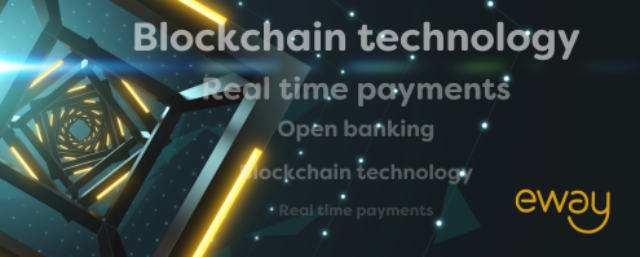When a larger order comes through ready for shipping, and you might be thinking “you beauty!” a large order. Unfortunately, it might be too good to be true and could be fraudulent. But how do you know?
While there is speculation fraudulent orders are plateauing due to the rise in mobile payments, the money losses in Australia due to online payment fraud is still in the millions.
Spotting the breakdown that leads to fraud is a skill most business owners don’t have straight off the bat.
Some common reasons why:
- The excitement of receiving a large order
- Not knowing the characteristics of large-order fraud
- You don’t have anti-fraud systems in place to flag suspected fraudulent orders
You can spot and prevent this type of fraud. You just need to know what to look for and use the advanced tools available to keep you, your business and your money safe.
Read more
The most common types of eCommerce fraud
How to detect a fraudulent order
There are characteristics to look for when reviewing orders for possible fraud. Unfortunately, large order scams pray on what every eCommerce business owner hopes for every day—the whale of a sale that can generate substantial profits.
Here is an example of a real conversation between a customer service rep for a glove company and a customer. We’ve paraphrased the exchange but kept punctuation and capitalisation original. Can you spot the fraud clues?
The Fraudulent Large Order
It begins in one short email. “Hi, I’m Danielle, I want to order (Gloves), send a price list of the ones in stock, and let me know if you take credit cards,”
“Good morning,” replied the service representative. “Thanks for reaching out regarding gloves. You can order using a credit card on our website. Take care and let me know if I can be of further assistance.”
“Thanks for your responds. i checked your website and i am interested in your products but i am uncomfortable placing online orders, what if i let you know what i am interested in can you send me an email quote? I will call to make a payment directly to you. Thanks and God Bless, Danielle.”
“Danielle, we can do that. But so you know, there would be zero difference between placing the order online and placing it with me. I will use the same online checkout that you would. In fact, using the website is more secure than giving me a credit card via email or phone. Just let me know.”
“Thanks for your email reply back to me. I am very interested in your product, i checked on your website and i am interested in (specific gloves) I need 130 pieces and this product is going go be picked up from your location so please send me an email with the quotation with the total cost of my order plus tax so we can proceed.”
Here’s the fraud clues
The manager decided not to fulfil this whopping $5000 order based on four indicators that the charge might be fraudulent.
- The order is unusually large. If someone wanted that many gloves, they would likely go to a wholesale company.
- Their product is easy to resell. You can’t track gloves, and they’re generic enough to sell separately or in sales lots.
- They wanted to pick up the goods. Why would a customer want to pick up a large order?
- Poor grammar and punctuation. This is a hallmark of email scams.
Other indicators can flag a potentially fraudulent order, but these just add stress and extra time that you don’t have to add to your day. Check out the Beagle Anti-Fraud Webinar that highlights how we sniff out a scam and let you know when we suspect a charge to be fraudulent.
What to do if you suspect a charge to be fraudulent
If you’re staring at an order and suspect the charge to be fraudulent, what’s next? The first step is to start asking questions and offering alternative solutions. Both are completely acceptable to do. If the order is legitimate, it will seem like heightened customer service. Ask questions like:
- Why do you need such a big order?
- Why can’t we ship to the same address associated with this credit card?
- Can you read the CVV number to me, please?
- Give me your phone number, and I’ll call you.
If you’re tech-savvy, you can check if IP addresses match their claimed location. If this sounds time-consuming and distracting—it probably is. Prevention is always a better option. You can save time and money by enlisting the help of experts in the field of fraud protection, identification and prevention.
Creating your business anti-fraud plan
Prevent debilitating losses because of fraud is more than just knowing if you suspect a charge to be fraudulent. It’s got a broader scope to keep you safe at multiple levels.
- Maintain Payment Card Industry Data Security Standards to proactively protect the customer’s data.
- Make sure you have a secure payment processing platform.
- Set up system alerts to screen for suspicious activity, or better yet, get a professional team of experts like those at eWAY to do it for you with their Beagle system.
- Train staff on your fraud and security profiles because you’re only as strong as your weakest link.
- Set a checkout limit in your shopping cart.
- Maintain a file of past fraudulent transactions and attempt to look for patterns.
Detecting fraud and then knowing what to do if you should suspect a charge to be fraudulent are the most critical steps in preventing lost dollars in chargebacks.
Beagle Fraud Alerts can give you the peace of mind you need to focus on what you’re best at – running a successful e-commerce business. Check us out today and rest easy tonight.


Subscribe to updates
Get the latest news and payment insights from Eway hot off the press.



